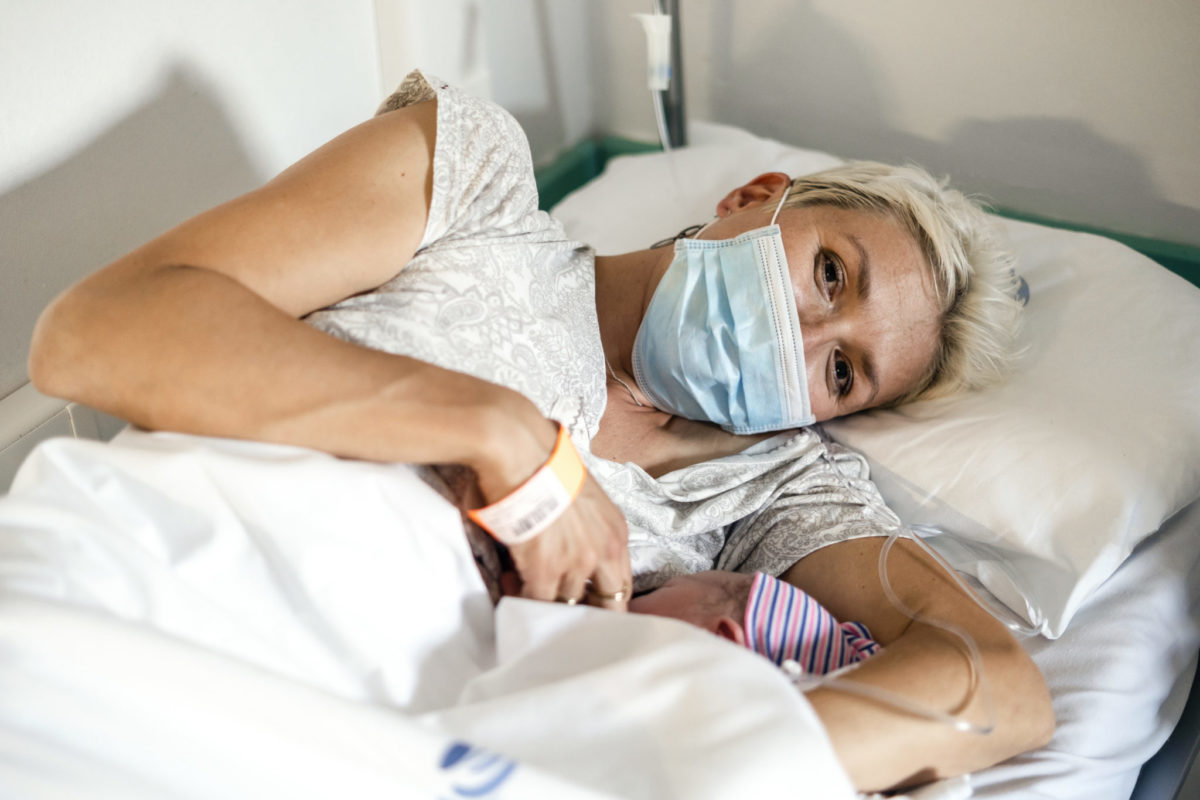New Resource: COVID-19 and Optimal Infant Feeding

Many new moms have concerns about breastfeeding in the context of the COVID-19, and unfortunately there is an abundance of misinformation and disinformation available online. On behalf of the COVID-19 Infant Feeding Working Group, the Program for Appropriate Technology in Health (PATH) has released a brief focusing on breastfeeding related questions that have arisen during the pandemic. PATH highlights the following key points:
Benefits of breastfeeding significantly outweigh the potential risk of COVID-19 transmission.
To date, active COVID-19 virus has not been found in amniotic fluid, cord blood, vaginal discharge, neonatal throat swabs, or breast milk. Transmission from mother to infant via respiratory droplets can occur post-delivery, so if a mother is symptomatic or confirmed COVID-19 positive, standard precautions such as wearing a mask (medical grade if possible) and hand washing before and after touching her baby are recommended. A mother who is feeling too ill to breastfeed can still provide her baby with breast milk by expressing manually, pumping or using donor milk.
Mothers and newborns should remain together throughout the day and night and have regular skin-to-skin contact, including kangaroo mother care, especially during the establishment of breastfeeding. Aside from facilitating breastfeeding, skin-to-skin contact and kangaroo care improve newborn temperature regulation, blood glucose control, and maternal-infant attachment. While COVID-19 antibodies in breast milk are still being studied, bioactive components of human milk not only protect the infant against infections but improve neurological, cognitive, and immunologic development.
The risk of COVID-19 infection in infants is low, and even if infected, infants typically experience mild symptoms or are asymptomatic. In contrast, the consequences of not breastfeeding and separating mother and child can be significant. Breastfeeding promotes infant health and development and protects against other infections that put babies at risk.
